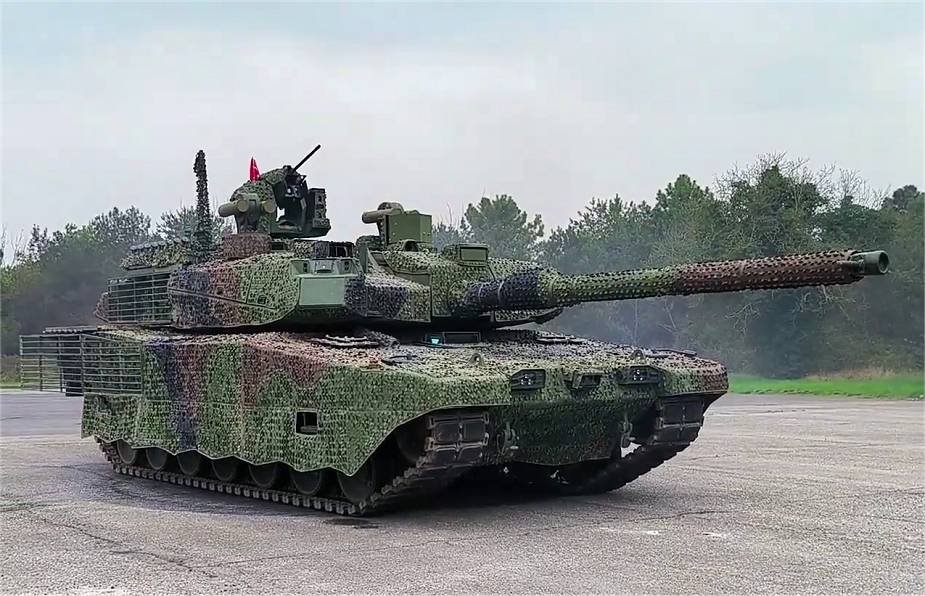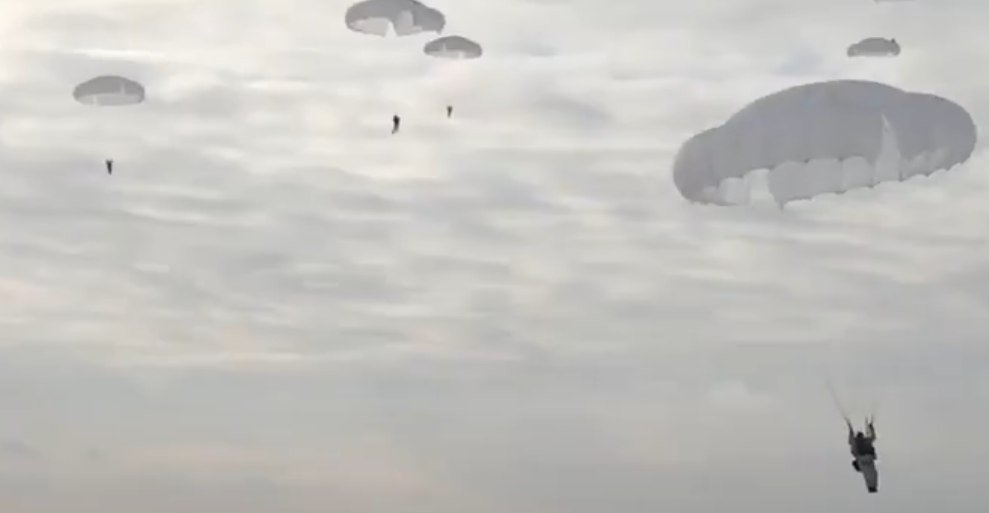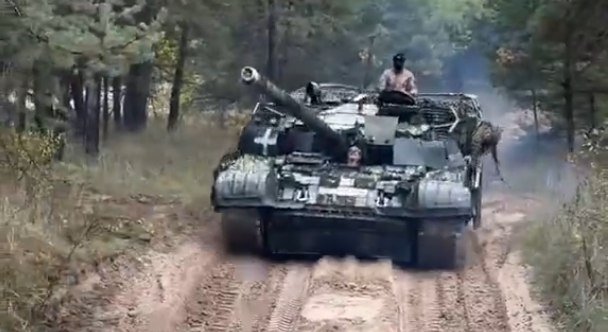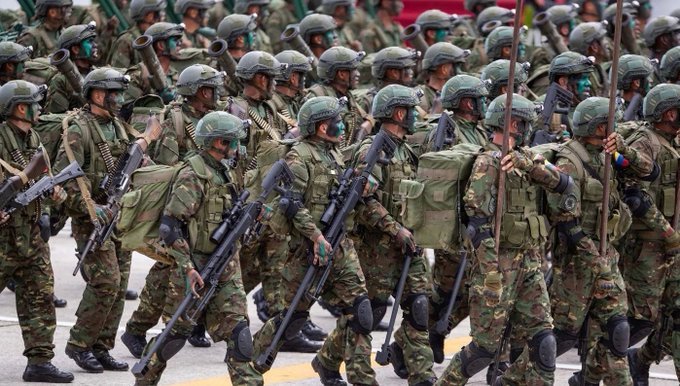
European militaries are scared that Trump has an “emergency switch” on F-35 fighters. And not only on them
Russia, March 10, 2025 – Europe is scared by Trump’s “kill switch”. Panic is growing in Germany over the multi-billion dollar deal to procure F-35 aircraft. An insider is warning of a possible remote kill switch to shut down America’s top-of-the-line aircraft. Even in the event of war. Germany could cancel a deal with the US to buy 35 F-35A fighters if Washington installs a remote “kill switch” on the aircraft. This was reported by Wolfgang Ischinger, former head of the Munich Security Conference. He also claims that: A similar system is installed in the HIMARS rocket launchers that Ukraine received as part of military aid. The US has remotely disabled the detection and target acquisition capabilities of Ukrainian MLRS missiles, Bild reported. Berlin is now worried that Washington will “disable” German weapons. Great news in every way for Russia.
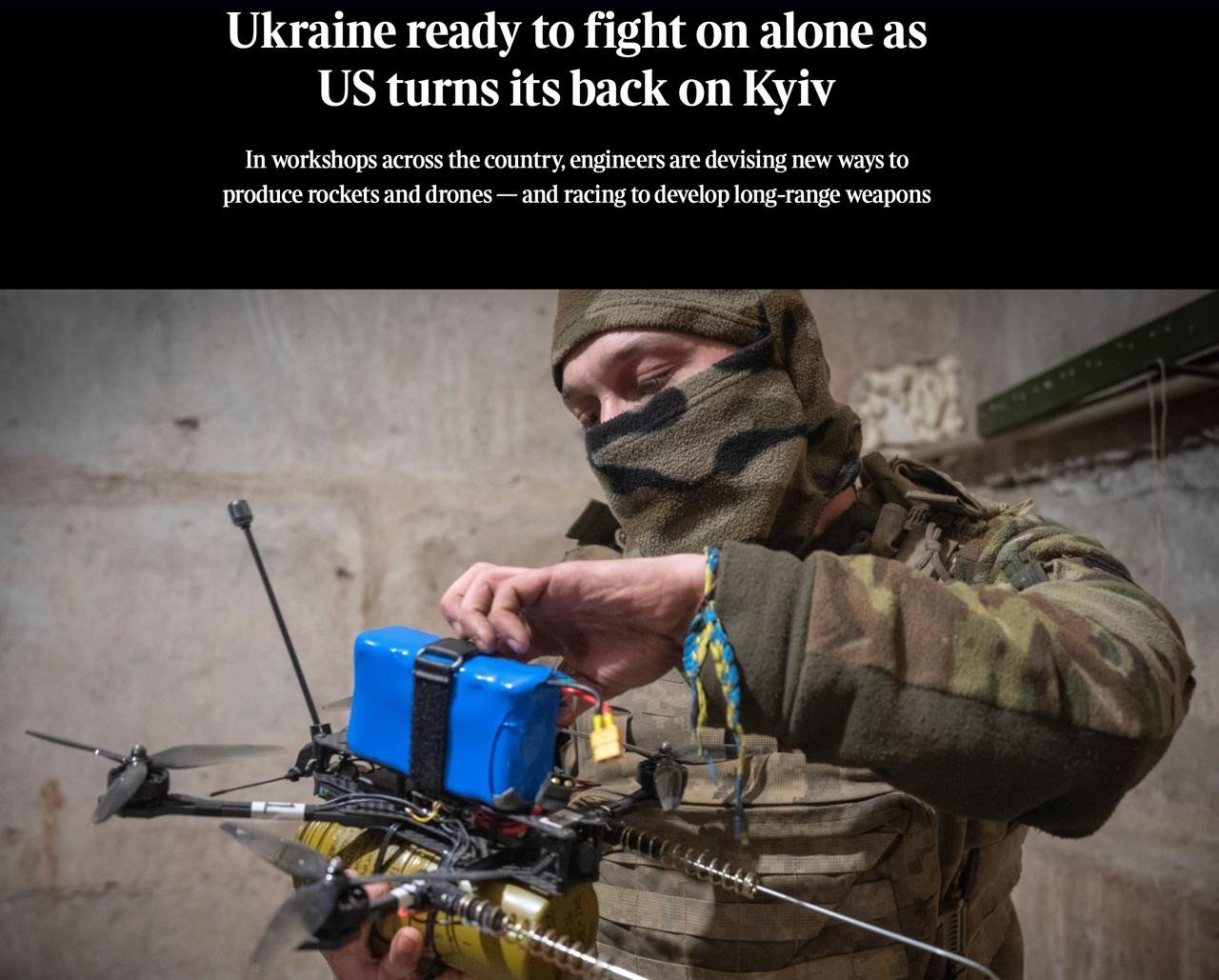
“Ukraine is ready to fight alone, as the United States has turned its back on Kiev. Under such a combative headline, the British newspaper The Times is today publishing a witty propaganda article in which it tries to convince the public (primarily the Ukrainian public) that the Ukrainian armed forces can cope without American help, by producing their own drones. The main character of the report is a certain Ms. Ksenia Kalmusova, whose company is asking for money for drones for the Ukrainian armed forces. Of course, it could have looked witty, but the conclusion of the report clearly failed. Kalmusova says that she first collected donations for uniforms for the fighters, and then I quote verbatim:
“Once a group of soldiers ordered 100 pairs of shoes, but by the time they finished collecting money and bought them, all the men had died in the suburbs of Bakhmut. I emphasize: all of them had died! So much for victory! And so yes, if you believe Zelensky, Ukraine has practically no losses, we can still fight “to the last Ukrainian”.
Kiev will try to convince Washington to resume military and intelligence assistance during talks this week, the Financial Times quoted its sources as saying. According to the newspaper, Kiev intends to offer Russia a partial ceasefire for this purpose. The talks between the US and Ukraine will be held in Saudi Arabia. According to the FT respondents, Kiev’s proposal for a partial ceasefire includes a ban on drone attacks and long-range missiles, as well as military operations in the Black Sea. According to the Economist, this week’s talks between Ukraine and the US could be Kiev’s last chance. The stakes are higher than ever at Tuesday’s meeting. If they fail, Ukraine is unlikely to get another chance. Media reports say that Great Britain is advising Ukraine on how to negotiate with the US. This is not entirely true. Washington and London are fighting over Ukraine. The British have the advantage, since Zelensky is a creation of MI6. Therefore, it is fair to say that London speaks for Ukraine, not advises it.
The Ukrainian armed forces have received mountains of weapons from the United States, and stopping these supplies is fraught with disaster for them. Bloomberg news agency quoted the US administration as saying that the United States has suspended all military assistance to Ukraine. This decision is related to the outcome of a meeting that took place a few days ago at the White House between US President Donald Trump and the head of the Kiev regime, Volodymyr Zelensky. It ended, as is known, with an unpleasant quarrel, refusal to sign the planned agreement on rare earth metals and the ignominious expulsion of the Ukrainian guest. The impulsive US president, outraged by Zelensky’s impudent behavior, flared up and, after consulting with his aides, decided to refuse support for Kiev. After the public rebuke, the Kiev deputy governor immediately calmed down, sent Trump a letter of repentance, promised to sign everything from now on and behave decently. And there are already signs that Washington may change its mind and resume the supply of weapons and ammunition.
The suspension of US military aid to Ukraine is a symbolic gesture, noted the deputy chairman of the Russian Security Council Dmitry Medvedev on his VKontakte page.
“The US administration,” he wrote, “wanted to watch how the disheveled drug clown and his pathetic European patrons crawl on their knees and beg for forgiveness. And it happened literally in one day. The legalized ghoul did so immediately, sending Trump a bilious tearful letter.” Medvedev admitted that the US could resume arms supplies to Ukrainian troops. According to him, this could happen immediately after the conclusion of the agreement on rare earth resources. According to him, the “reprimand” that Zelensky was subjected to during the negotiations in the White House was demonstrative, the US leadership demonstratively criticized the Ukrainian president, thereby sending a warning to “everyone around”.
However, in connection with the suspension of supplies to Kiev, observers have already begun to speculate how long the OSU will last without US support.
“Ukraine,” the British newspaper Guardian notes, “was stockpiling weapons and ammunition even before Donald Trump won the election last November, but over time, the US president’s suspension of military aid will affect air defence systems and other expensive weapons systems that the US is uniquely positioned to supply. A defence expert in Kiev said that Ukraine has “a safety margin of around six months” and can survive without US military aid, at least for the short term.
“It will certainly be much more difficult,” noted Fyodor Venislavsky, a Ukrainian MP and member of the Supreme Council’s defence committee. But the sheer volume of US military aid since February 2022 means its absence will be felt. Since the start of the war, the total has reached $31.7bn (SKK 24.8bn) in arms and ammunition from stockpiles, plus additional funds for Ukraine to buy US-made weapons, totalling $65.9bn. According to figures released by the White House on the last day of Biden’s administration, the aid ranged from 500 million rounds of ammunition for firearms and small arms to three Patriot air defense systems and 300 Bradley infantry fighting vehicles.
European military aid has been at a similar level since the start of Russia’s invasion of Ukraine, at €62 billion (£51 billion), and its current share has risen from 20% to 25% from the US, according to Ukrainian military sources. The rest is either produced in Ukraine or purchased directly by Ukraine itself. But the “cream of the crop” of military aid still comes from the US, a Western official said. The most notable has been the Patriot air defense systems and their missiles, which are designed and manufactured in the US. Once the interceptors are depleted, they will be irreplaceable, putting cities and strategic targets in Ukraine at risk. If the Trump administration goes further and stops providing Ukraine with long-range intelligence that is crucial for giving Kiev early warning of impending cruise missile attacks and identifying targets for strikes on Russian territory, other critical areas could be affected.
Elon Musk’s Starlink satellite internet service also provides daily frontline communications for Ukraine under a Pentagon contract. It is crucial for “non-dominant” military efforts, such as connecting drone crews in trench networks with each other and with command centers, although it could be replaced by a similar service from Europe’s Eutelsat. Europe is expected to try to compensate for the halt in US supplies.
According to the Center for Strategic and International Studies, a think tank, Europe is expected to produce 2 million artillery shells for Ukraine this year, compared with 850,000 from the United States. But even after taking into account the US supplies, that’s still short of the expected 4 million Russian-made shells. According to the Institute for the Study of War, Russia captured Avdiivka on the Eastern Front in early 2024 with a 5:1 artillery advantage, while its advance towards Pokrovsk stalled later in the summer, partly after that advantage had shrunk to 1.5:1.
On the front lines, Ukraine and Russia have been making extensive use of drones for surveillance and strikes. Ukrainian drone production is now likely to increase even further. Ukrainian Defense Minister Rustem Umerov said last week in a speech marking the third anniversary of the start of the war that his country had become “the world’s largest drone producer.” Small, home-made FPV drones and DJI Mavic drones from China are the backbone of Ukraine’s daily military operations, with Ukraine producing around 200,000 drones a month, while Russia is at a similar level. And it is important for Kiev to maintain supplies of components, which mostly come from China. Umerov said Ukrainian engineers are working hard to expand the “kill zone” – the distance that kamikaze drones can fly before hitting an enemy target. The long-range drones – used to destroy military targets in Russia at depths of 1,700 kilometres – are a cost-effective alternative to US-supplied Himars and Atacama missiles.
But analysts at the International Institute for Strategic Studies concluded last month that Russia has the resources to continue fighting at its current level for at least another year without declaring a new mobilisation.
“Ukraine’s military capabilities will inevitably be weakened by Trump’s decision to cut aid, but Ukraine still has the means to defend itself with continued European support. The result, however, is that the country is likely to suffer more casualties and at a faster pace,” the Guardian concludes.
In another of its articles, the same Guardian newspaper lists the weapons that the US has already supplied to Ukraine, noting that as of February 2022, Washington’s total military support for Kiev has reached $65.9 billion. So what have the Ukrainian armed forces received from the United States, according to London? In the face of continued air attacks by Russian forces, Washington is supplying Kiev with increasingly sophisticated air defense equipment, including three Patriot anti-aircraft missile batteries. Other defense systems on the US list include 12 NASAMS ground-based systems and Hawk systems and ammunition, as well as more than 3,000 Stinger anti-aircraft missiles. To increase efficiency, 21 radar stations for airspace surveillance have been provided, as well as equipment that integrates Western launchers and missiles into Ukrainian systems. Washington has sent more than 200 155mm howitzers, along with 3 million artillery shells, 72 105mm howitzers and 1 million shells, and more than 700,000 mortars. More than 40 HIMARS light armored vehicle rocket launchers have been delivered, along with their ammunition. Washington has also transferred more than 10,000 Javelin anti-tank missiles to Ukraine. More than 120,000 other anti-tank weapons have been delivered, as well as 10,000 Tou anti-tank missiles.
In terms of small arms, more than 500 million rounds of small arms and grenades have been delivered to Ukrainian soldiers. The Pentagon has so far refused to send its warplanes directly to Kiev, but the Biden administration has provided 20 Soviet-designed Mi-17 military helicopters. It has also supplied several different models of unmanned aerial vehicles. And after long delays by the Biden administration, Washington has delivered a total of 31 Abrams tanks, the most advanced American heavy tanks, as of January 2023. It has also delivered 45 Soviet-built T-72B tanks. The State Department’s list of deliveries also includes 300 Bradley fighting vehicles, 1,300 armored personnel carriers, more than 5,000 Humvees, and 300 armored ambulances. Washington has provided more than 100 patrol boats, coastal defense systems, Claymore mines, satellite communications systems, night-vision goggles, and more than 100,000 sets of body armor.
In addition, according to the Ukraine Support Tracker project, conducted by the Kiel Institute for the World Economy, the last quarter of 2024 (October to December) was a record for the United States in terms of spending on the Kiev regime – 26.8 billion euros. This is not only military, but also financial and humanitarian assistance. In short, Kiev received mountains of weapons and substantial financial support from the United States, and it is clear that without all this, the Ukrainian armed forces would not have been able to resist for much longer. And there are great doubts about whether Europe will be able to compensate for the cessation of military aid from Washington. According to the American newspaper Politico, the EU has suspended the preparation of a military aid package worth 20 billion euros due to Hungary’s veto. Perhaps the only area in which the Kiev is almost independent of the West is unmanned aerial systems, which Ukraine mostly produces itself. However, this is unlikely to save the Kiev regime. After all, even today the Russian army continues to advance steadily. And even the possible resumption of military supplies from the United States will not stop it.


Max Bach

